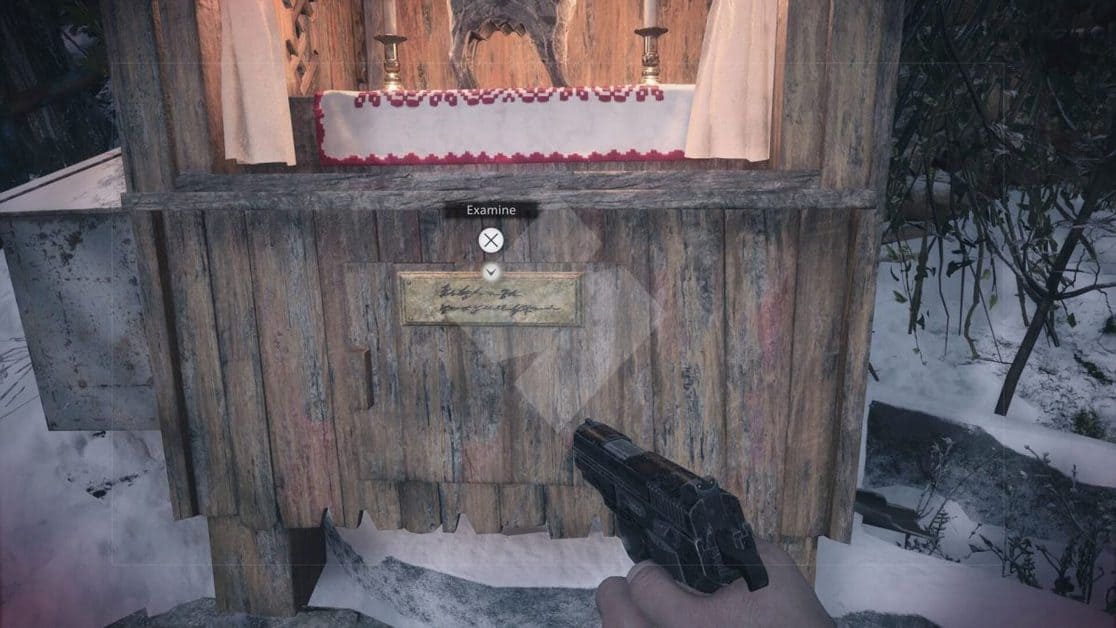Resident Evil Village comes with its fair share of problems for PC gamers. We bring to you, in these Resident Evil Village Best Settings and Tweaks; possible solutions to your technical problems and hopefully improve your overall experience with RE8.
Resident Evil Village Best Settings and Tweaks
Many players seem to be having a rather rough time with Resident Evil 8, with FPS issues plaguing their entire playthrough. You might want to check if your PC is capable of running RE8 beforehand.
Minimum System Requirements
- CPU: Intel Core i5-7500 or AMD Ryzen 3 1200.
- RAM: 8 GB.
- OS: Windows 10 64-bit.
- VIDEO CARD: NVIDIA GeForce GTX 1050 Ti or AMD Radeon RX 560.
- PIXEL SHADER: 5.1.
- VERTEX SHADER: 5.1.
- DEDICATED VIDEO RAM: 4096 MB.
If you have a PC that matches the requirements mentioned above, and still experiencing issues. You can check the solutions below to attain a smoother experience around the world of Resident Evil Village.
Update your Video Card Drivers
The first thing you’re going to want to do is to go ahead and download the latest drivers from your respective manufacturer’s website. The latest firmware for your GPU will greatly impact your overall performance and better help you in running newer games like Resident Evil Village with much better performance.
Subsurface Scattering
Turn Subsurface Scattering OFF. This specific setting adjusts how light refracts off different surfaces, and turning it off helps with performance significantly.
Shadows
Bring Shadows down to LOW. Shadows can give a hit to your overall gameplay, especially in a closed-quarters game like resident evil. Setting them to the lowest setting will help improve performance.
Ray-Tracing
For good measure, turn Ray Tracing OFF. Again, although, there wasn’t much difference noted between LOW and HIGH when it came to Ray Tracing, and the FPS drop went almost unnoticed.
Rendering Mode
Set Rendering Mode to Interlaced. Switching this setting from normal to Interlaced may give you a boost of as much as 30 FPS at the loss of visual quality, of course.
